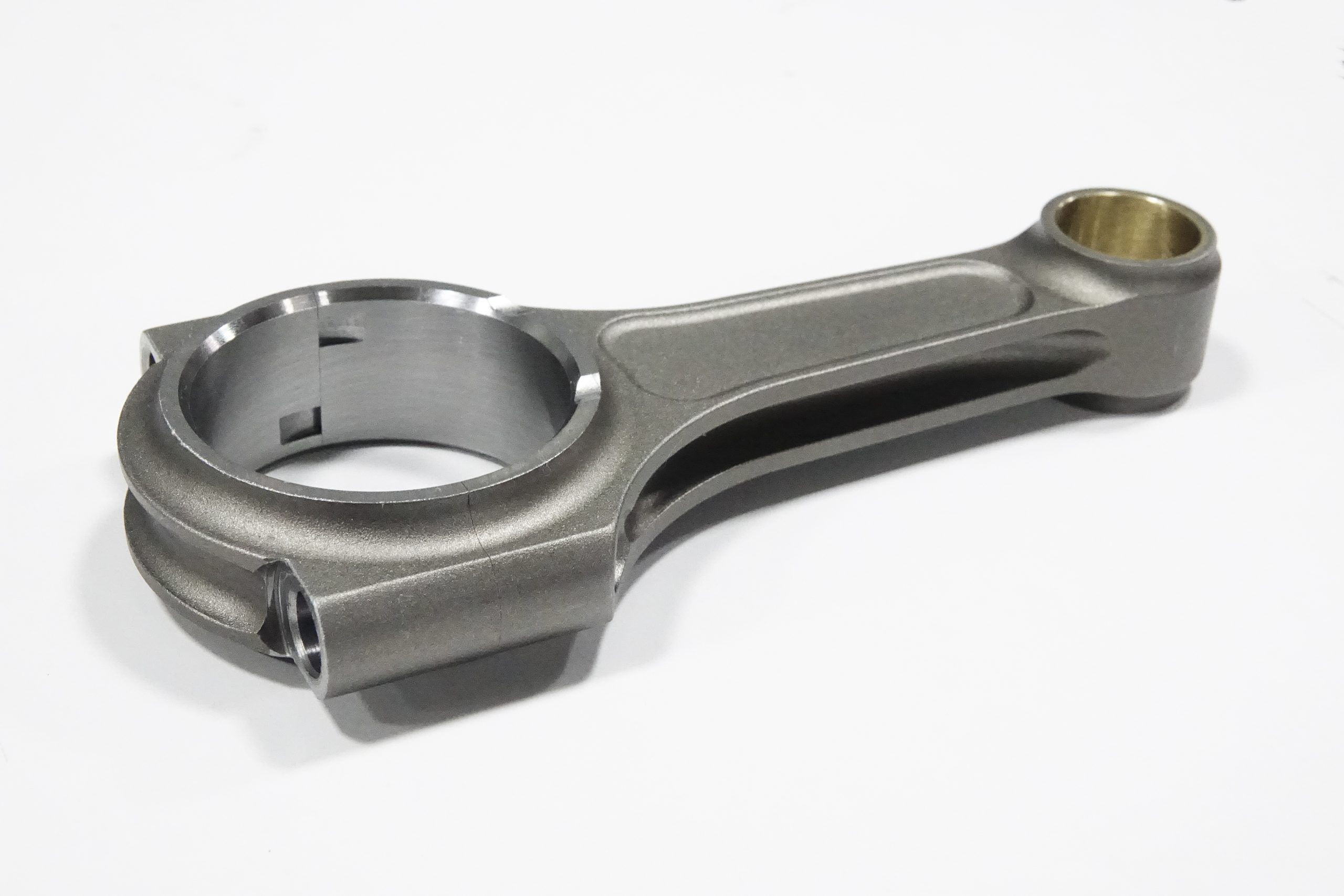Connecting Rod Bearing Breakdown provides an in-depth look at the often-overlooked yet vital component in internal combustion engines. The connecting rod bearing is responsible for reducing friction between the connecting rod and the crankshaft, ensuring smooth operation and extending the life of the engine. In this article, we will examine the factors that contribute to connecting rod bearing performance, including material selection, design, and lubrication.
The choice of material for connecting rod bearings is crucial, as it directly impacts their ability to withstand the high-pressure environment within an engine. Common materials include bronze, babbitt metal, and various steel alloys. Each material offers its own set of benefits and drawbacks in terms of wear resistance, thermal conductivity, and load-carrying capacity.
Bronze is a popular material for connecting rod bearings due to its excellent wear resistance and compatibility with various lubricants. However, it can have limited load-carrying capacity compared to other materials. Babbitt metal, an alloy of tin, copper, and antimony, is prized for its excellent conformability and ability to embed small particles, preventing damage to other engine components. Steel alloys are used for their high load-carrying capacity and durability, but they may require more specialized lubricants to ensure optimal performance.
The design of connecting rod bearings plays a crucial role in their overall performance. Bearings are available in various configurations, such as split or solid, flanged or non-flanged, and coated or non-coated. Engineers must carefully consider these factors to create the most effective bearing for a particular application.

Lubrication is another essential aspect of connecting rod bearing performance. Proper lubrication reduces friction, dissipates heat, and helps to prevent premature wear or failure. Selecting the correct lubricant for a given application is vital, as it must be compatible with the bearing material and provide adequate protection under various operating conditions.
Advancements in technology have also led to the development of specialized bearing coatings. These coatings, such as diamond-like carbon (DLC) and polytetrafluoroethylene (PTFE), can further reduce friction and wear, extending the life of the bearing and improving engine efficiency.
In conclusion, connecting rod bearings are a critical component in internal combustion engines that directly impact overall engine performance and longevity. By understanding the factors that influence connecting rod bearing performance, we can make informed decisions when building or modifying engines to maximize efficiency and extend the life of the engine. From material selection to proper lubrication and advanced coatings, the field of connecting rod bearings offers countless opportunities for innovation and improvement.
